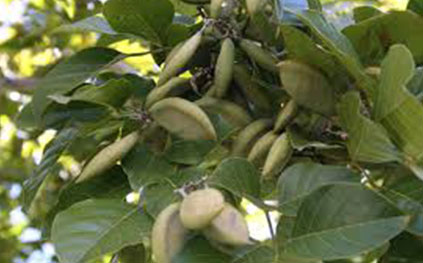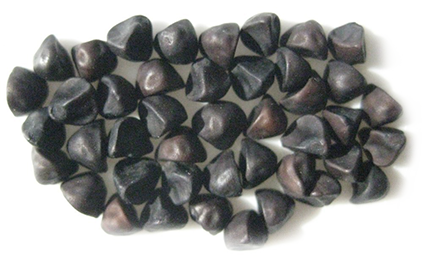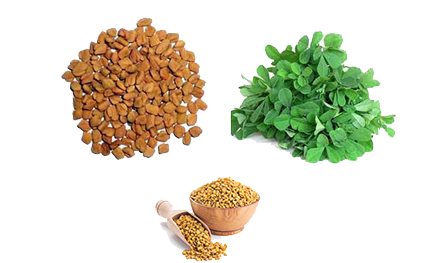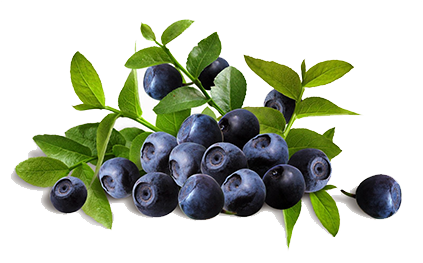Karanjin
Karanjin, a furanoflavonol, a type of flavonoid. It is obtained from the seeds of the karanja tree (Millettia pinnata, akaPongamia glabra Vent.), a tree growing wild in south India. Pongamia pinnata L. Pierre is a commonly used plant in traditional Indian medicinal systems.
 NAME: Karanjin
NAME: Karanjin
Molecular Formula: C18H12O4
Molecular Weight: 292.29 g/mol
Karanjin, a furanoflavonol, a type of flavonoid. It is obtained from the seeds of the karanja tree (Millettia pinnata, akaPongamia glabra Vent.), a tree growing wild in south India. Pongamia pinnata L. Pierre is a commonly used plant in traditional Indian medicinal systems.
Seeds are reported in Ayurveda and Siddha systems of medicine for treating bronchitis, chronic fever and rheumatism (Muthu et al., 2006). Extracts of seeds have been reported to possess anti-inflammatory (Singh and Pandey, 1996), anti-oxidative, analgesic, hypoglycaemic and anti-ulcerogenic properties (Dahanukar et al., 2000).
Seeds are reported as anthelmintic, and good in treatment of leprosy, piles, ulcers, chronic fever and in liver pain (Warrier et al., 1995). They are useful in rheumatism arthritis and scabies (Prasad and Reshmi, 2003) and to treat dermatitis of domestic animals (Sridhar, 2009).
Karanjin, a major bioactive furanoflavone of P. pinnata seeds is reported as Antioxidant, H+, K+ – ATPase inhibitor (Vismaya et.al., 2010) and showed Anti-inflammatory activity in rats by inhibiting Lipoxygenase- 1 and 5- Lox (Sapna et al., 2007).
Karanjin is an Acaricide and Insecticide. Acaricide means a product that is used to kill mites (Acarina). Karanjin is used as bio pesticide / bio insecticide and is reported to have nitrification inhibitory properties
Flavonoids are widely distributed in plants functioning both as pigments and as means of chemical defense. In recent years, interest in the chemical biology of flavonoids has intensified in part due to the complex structural diversity within this class of natural product. This, combined with their generally-low cytotoxicity and unique activity, we have begun efforts to develop an understanding the pathways regulated by these materials. Karanjin represents one member of a large class of Benzofuran flavonoids. It has been identified in well over 50 plant species. While karanjin is an established Ascaracide and insecticide, little is known about its cellular function and molecular targets. In collaboration with a team at the Salk Institute, efforts





Reviews
There are no reviews yet.